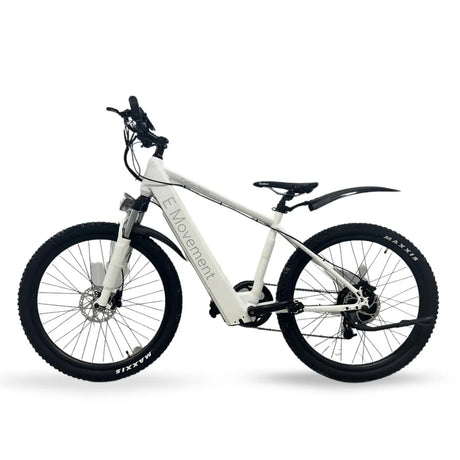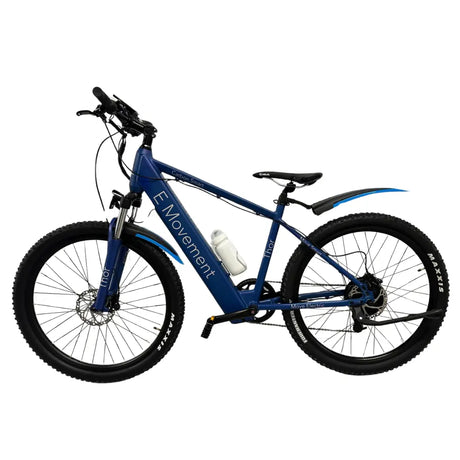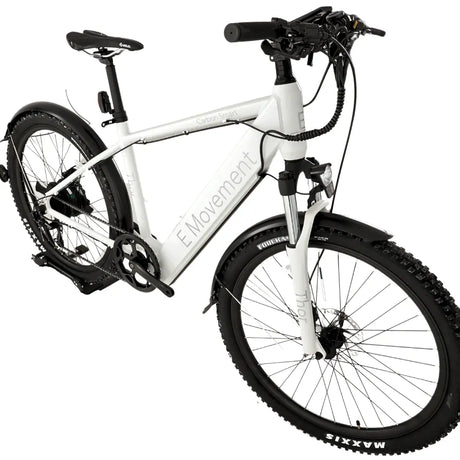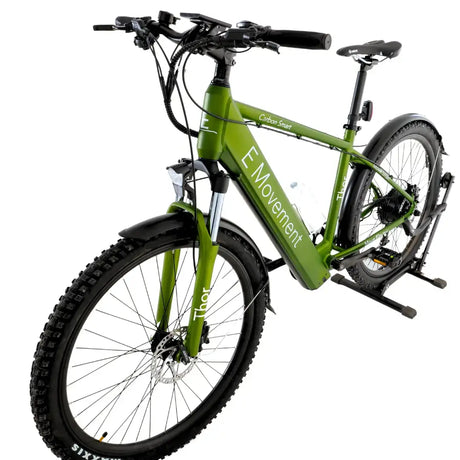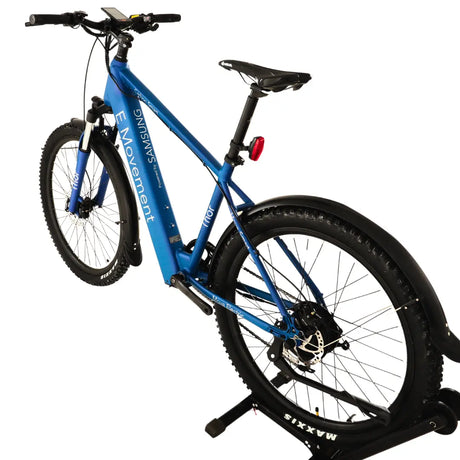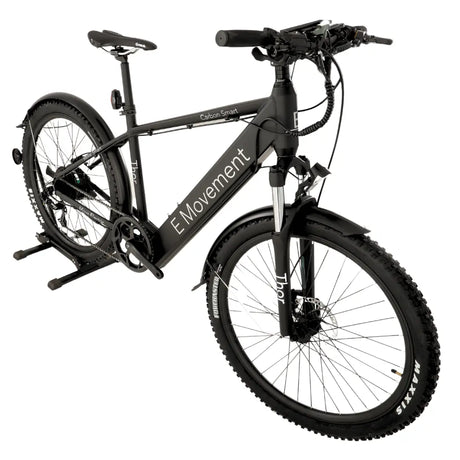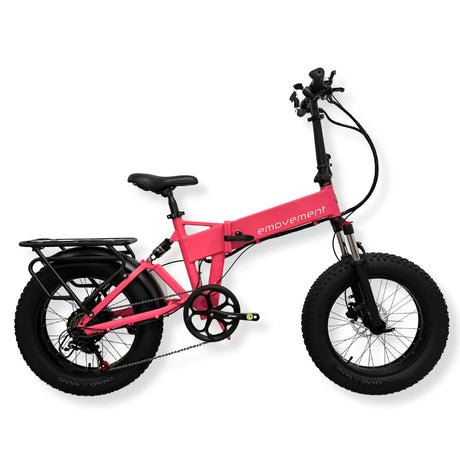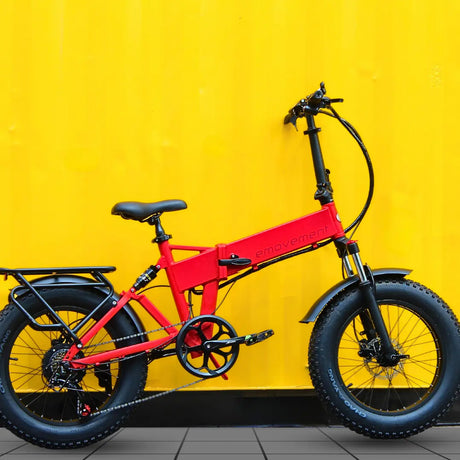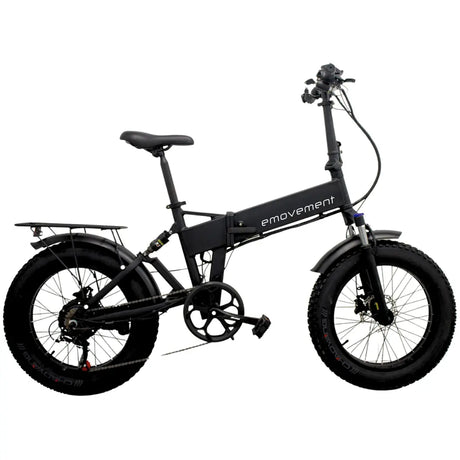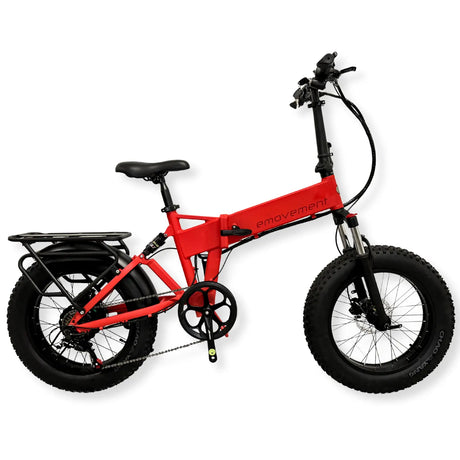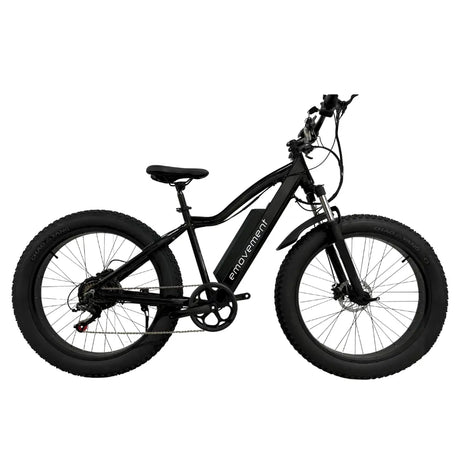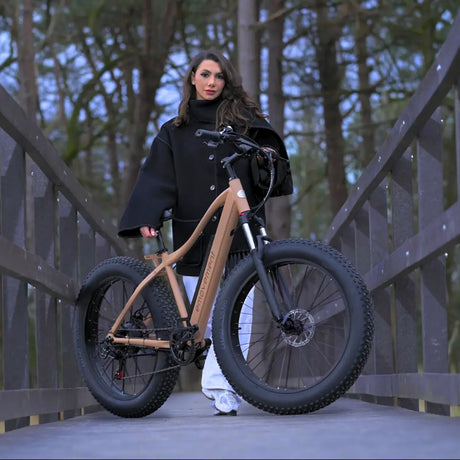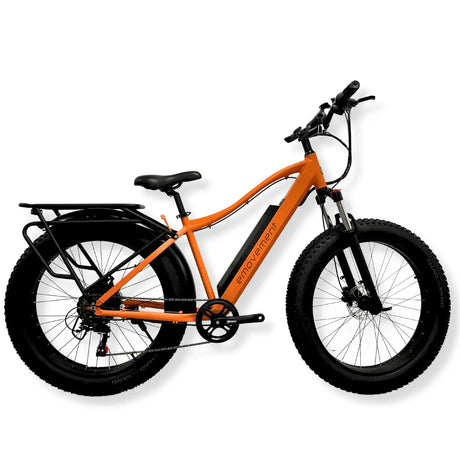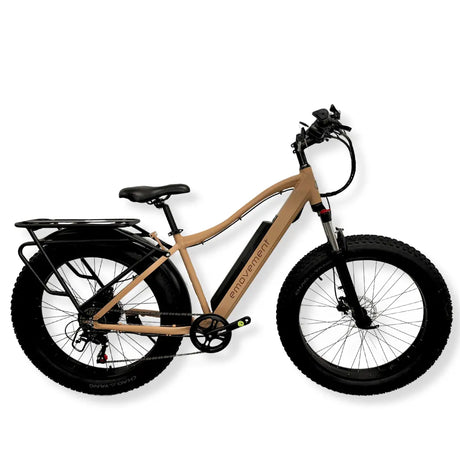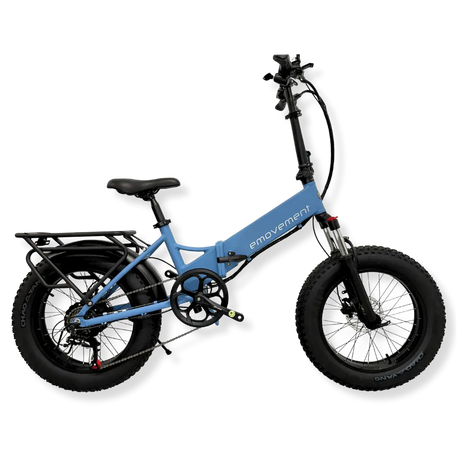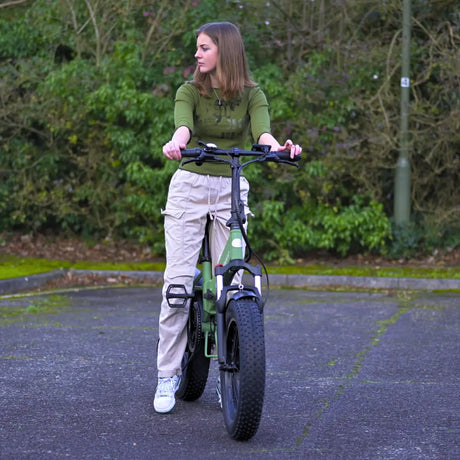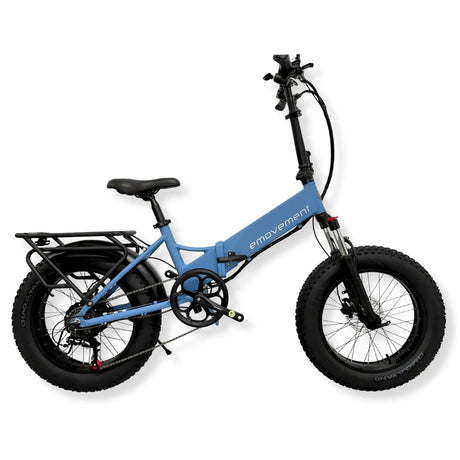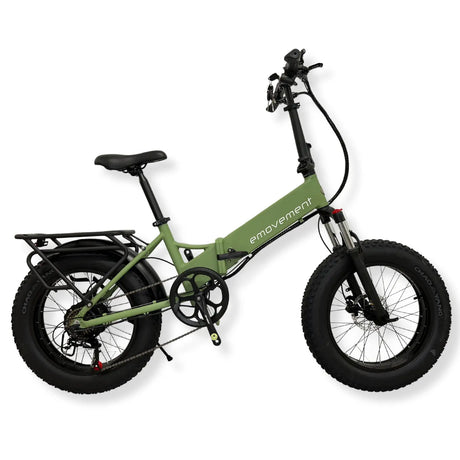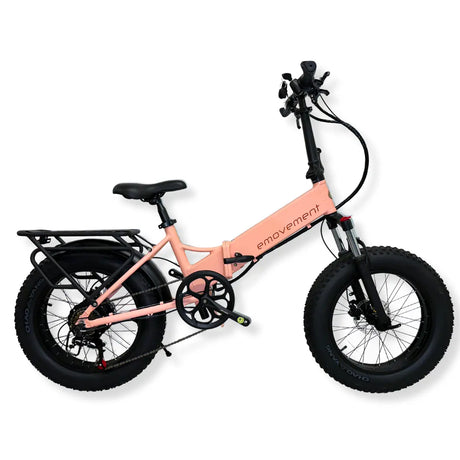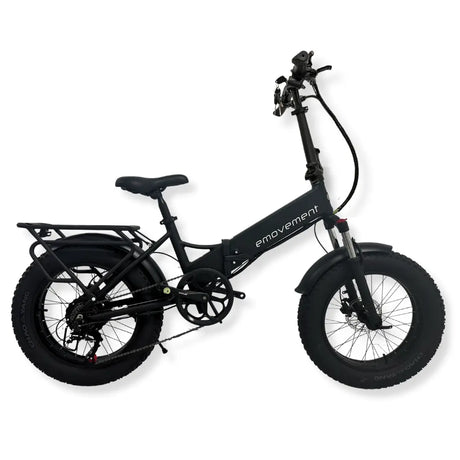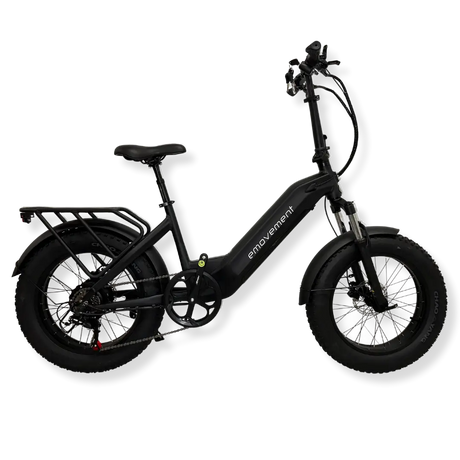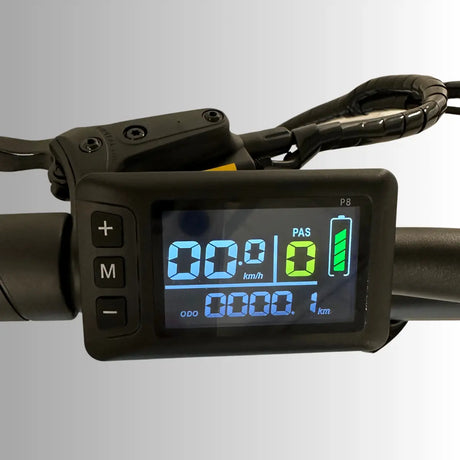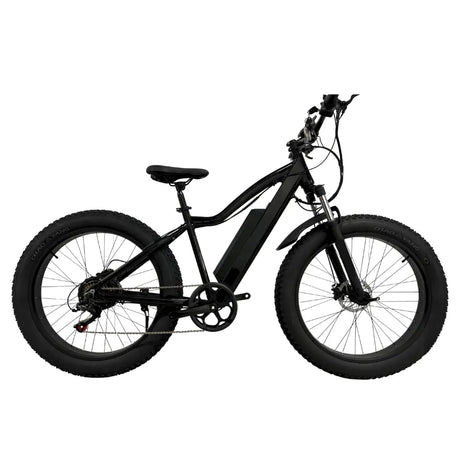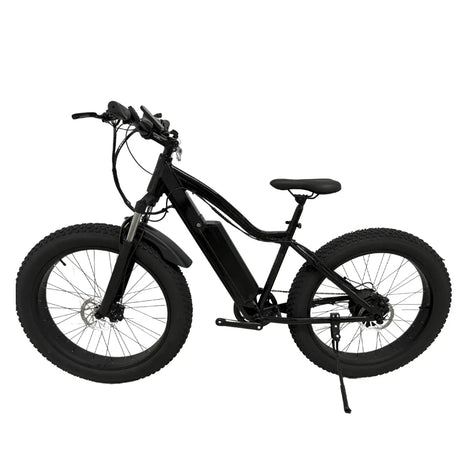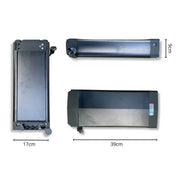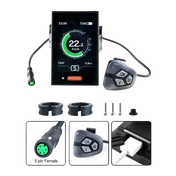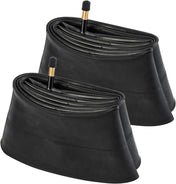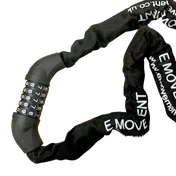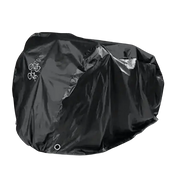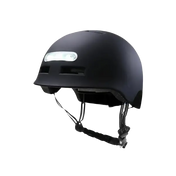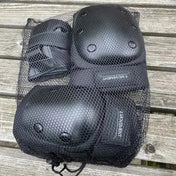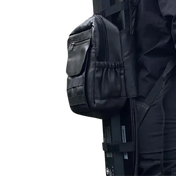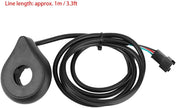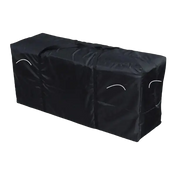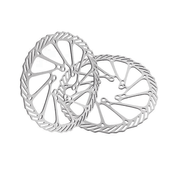Whether beginning your e-bike journey, or you’ve had it for some time, many riders ask “What temperature is safe for e-bike battery?” The shortest answer to this is between 20 to 25 degrees Celsius (68 to 77 degrees Fahrenheit). However, many other factors can decrease the battery life in winter.
For a thorough understanding of how cold affects battery performance and the best temperature for e-bike batteries, you’ll have to stay with us until the end.
For starters, e-bike batteries — especially lithium-ion batteries — are vital to an e-bike’s performance, and maintaining them is even more important in colder months. Chilly conditions can have a really big impact on the battery’s efficiency, range, and overall health. Winter should be more concern for those riders who use e-bikes as a tool for daily transportation or purely recreational activity.
Lithium-ion batteries lose capacity, charge more slowly and perform less well when exposed to cold weather. In cold temperatures, the ions inside the battery slow, causing an energy storage loss and lowering the range of the bike. Charging in cold-weather temperatures shortens your battery’s life. That is particularly applicable with off-road e-bikes such as the Panther V4. 2 or Thunder V4. 2, which could experience a significant loss in range during winter.
Being familiar with these effects also allows cyclists to be proactive — engaging in behaviours like proper battery storage and charging — to ensure that bike batteries live long and prosper during the harshest months of the year. So, e bike maintenance in winter will not only extend its life but also allow you to enjoy a good ride throughout the year.
Optimal Temperature of Ebike Batteries: Safe Range of All Usage and Storage
Ebike batteries do not react well in the winter season. To keep your ebike battery working well, for longer, understand the safe temperature for the electric bike battery range to operate and store your ebike battery. Too hot and too cold conditions can harm the battery which will lead to inefficient battery, slow charging and, in extreme cases, decrease its lifespan.
Operating Temperature Range
Lithium-ion ebike batteries usually run best when the ambient temperature is between 20 to 25 degrees Celsius (68 to 77 degrees Fahrenheit). Keep the battery in this range, and you'll get maximum power, optimal energy conversion, and a long haul. Such temperatures facilitate the chemical reactions inside the battery to take place, so the ebike’s motor can function properly. This needs to be the case more than ever with more powerful motorcycles like the Thunder V4. 2 or the Hunter Extreme, where smooth power delivery that can manage both urban digs and desert rovers is needed.
Temperatures outside of this ideal range can be harmful.
Cold Weather: Temperatures below 0°C (32°F) slow down the internal chemical reactions in a lithium-ion battery, which means the battery can’t hold a charge. The effect grows more severe the lower the temperature, resulting in a significant reduction in range, and a reduction in power output. E bikes like Panther V4 are designed to be used on a range of surfaces and could have their range drastically reduced in conditions below freezing point. Continued exposure to sub-zero ambient temperatures can even result in permanent battery degradation in winter, leading to a deterioration in performance that is no longer possible to reverse.
High Temperature: On the contrary hot, weather could also harm the battery. Liberal postulate upper limit of lithium-ion batteries is approaching 40° C (104° F). Temperatures that exceed this range will cause the battery to heat up to the point where its internal components start breaking down, which causes them to degrade at a rapid rate. This can cause the battery cells to swell, leak, and even fail. Ebikes in hotter regions such as the Troy Pro or Pixie, can have trouble dealing with the heat if you're sitting directly on it for a while.
Heat can hamper charging even to the point of a permanent battery performance drop. As extreme heat from both ambient and motor sources can compound the damage caused by temperature in the first place, it’s advisable to not charge the battery immediately after use if you’re cycling in hot conditions.
Storage Temperature Range
Proper storage of your battery when you’re not using the bike (in the case of winter months) is also very important. For storing lithium-ion batteries for the long term, they do best between 10°C and 20°C (50°F to 68°F). These temperatures keep cold-weather battery performance up to the mark and under no pressure that could impact its performance.
Extreme conditions can greatly impair your battery longevity when stored
Cold Storage — Storing your battery in sub-zero temperatures can lead to permanent damage. The capacity will not only be reduced but charging a battery at sub-zero temperatures can result in short circuits or frost crystallizing within the battery cells. Make sure you don’t store your e-bike in a cold garage or leave it outside in the winter.
Hot Storage: Storing the battery in conditions above 30°C (86°F) can cause overheating under conditions that would otherwise seem safe (for example, the bike not being used). High temperatures speed up the chemical reactions in the battery, causing it to degrade more quickly. When storing your e-bike for the long term, it's important to put it in a cool, dry place along with the battery.
Also, it’s a good thing to charge the battery to about 50% before long-term storage. On the other hand, keeping a battery fully charged, or keeping it fully drained, can strain the battery overall and reduce its lifespan.
Avoiding Excessive Heat and Cold for Your EV Battery
Here are some practical e bike battery care in cold tips to keep your ebike battery in tip-top shape:
Store Indoors — Whenever possible, store your ebike inside, and out of extreme temperatures. If it has to go in a shed or garage, it should be shielded from the elements.
Use Insulated Covers: In colder weather, use some insulated cover or battery warmer to keep it warm. This can prove valuable if you live in a climate where the temperature regularly goes below freezing.
Keep an Eye on Battery Temperature: Some premium e bikes are equipped with built-in temperature monitoring systems. In the absence of this feature on your ebike, you can always invest in a battery thermometer to monitor temperature levels during charging or general use.
Understanding the ebb and flow of the temperature ranges to safely operate and store your ebike battery as discussed above, provides the best conditions for optimal performance and longevity, keeping your ebike happy and working hard for you season after season.
Keep Your Ebike Battery Safe in Cold Weather
As winter approaches e bike maintenance in winter is critical for maintaining performance and prolonging lifespan. Given that lithium-ion batteries are temperature-sensitive, however, there are some practical steps you can take to mitigate the risks of cold weather.
Store Your E-bike Indoors
Storing your e-bike in a warm environment is one of the best ways to keep your battery protected from the cold. Store your bike indoors if you can, particularly at night when the temperatures usually drop. Keeping your bike stored in a garage or shed that is heated or insulated — stops the battery from getting cold and reduces the chance of damage. Parking a bike indoors is the best option, otherwise, a bike cover can protect e-bikes from outdoor atmospheric conditions and actively insulate them from winter’s killer cold.
Insulated Battery Covers
An insulated battery cover is another good option for winter storage for e bike batteries. These covers are meant to keep the battery warm, adding another layer of insulation. Most covers are made of high-end, heat-retaining materials, neoprene or thermal fabrics. These covers keep the temperature of the battery even in sub-zero weather, which keeps the battery in its optimal operating and charging temperature range. Whether you are in wet, cold weather — or just want to avoid any possibility of short-circuiting from moisture from the outside, then an insulated cover can remedy that discomfort.
Do Not Charge the Battery at Low Temperatures
Sitting in a cold environment also doesn't favour good charging for your battery life in winter. Before charging, always make sure that it is at room temperature. If the battery is too cold, charging can damage the internal cells permanently. If you need to switch the battery outdoors or in a cold garage, take it inside for at least 2-3 hours before you attach it to the charger. This will eliminate the risk of charging in freezing conditions and damaging the battery. However, you can install battery heaters to gently warm up the battery before charging, which provides an additional line of defence.
Make Use of a Smart Battery Management System
Good quality modern e-bikes come with a smart battery management system (BMS), ensuring the e bike battery temperature remains optimum, preventing overcharging in cold weather. This system can monitor temperature levels, allowing the battery to be charged only when it is at a safe temperature. If your bike does not have a BMS, consider upgrading your bike e movement’s lesser high-maintenance electric bikes that has this feature to ensure that your battery is protected during the winter months.
Do Not Store a Completely Discharged Battery
Do not fully discharge your battery when it sits in storage during the winter. At the same time, the cells can freeze, which produces irreparable damage. During the cold months, it’s best to store your battery charged to about 40-60% to maintain the health of the cell.
Conclusion
The following e-bike winter upkeep tips to keep your e-bike battery healthy as colder temperatures can affect capacity, efficiency and longevity, so store the battery indoors as much as possible in a dry and warm location. Insulated covers and charging the battery at room temperature help insulate it from the cold. Lastly, do not leave it completely discharged to avoid damage.


